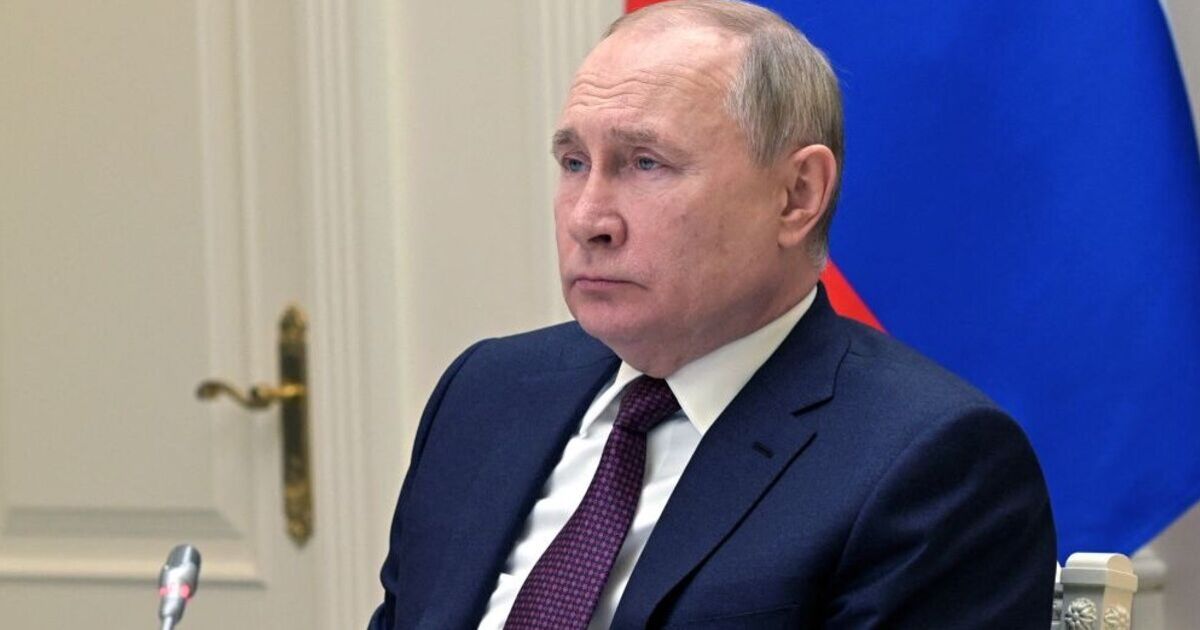Russian companies are struggling to find workers due to a labour shortage that is threatening to cripple the economy. The Kremlin has placed the country’s economy on a war footing, pouring billions of pounds into defence.
This huge increase in state spending has helped fuel economic growth over the past two years, by 3.6% in 2023 and 4.10% in 2024, although it is forecast to dramatically contract this year. It has also led to inflationary pressures, which forced Russia‘s Central Bank to hike interest rates initially to 21% before cutting them back to 20% at the beginning of June.
The exorbitant rates threaten to bankrupt many companies with large debt exposure and prevent firms from raising capital for investment.
Russian businesses are also facing a chronic shortage of labour, as a direct consequence of the war in Ukraine.
The country lacked around 2.6 million workers at the end of 2024, according to Russia‘s Higher School of Economics.
This is largely due to workers being drafted into the army, as well as an exodus of people fleeing conscription.
By the end of 2022, it is estimated that almost a million Russians had fled the country to avoid being forced to join the army and fight in Ukraine.
The scarcity of workers has pushed up wages, which in turn has helped to drive inflation upwards.
Russian economic growth, fuelled by huge defence spending, appears to be coming to an end.
Financial analysts predict the country’s economy will slow to just 1.5% in 2025 from 4.3% last year.
Compounding the sense of gloom, economy minister Maxim Reshetnikov told investors at last week’s International Economic Forum in Saint Petersburg that the country was “on the brink of going into a recession” after a period of “overheating”.
Reshetnikov’s warning was reinforced by the governor of Russia‘s Central Bank Elvira Nabiullina.
She said that the Russian economy had been expanding on the back of “free resources,” including labour, industrial capacity, bank capital reserves, and liquid assets from the National Wealth Fund (NWF) — all of which are now reportedly nearing depletion.
“We grew for two years at a fairly high pace because free resources were activated,” she said.
“We need to understand that many of those resources have truly been exhausted.”
